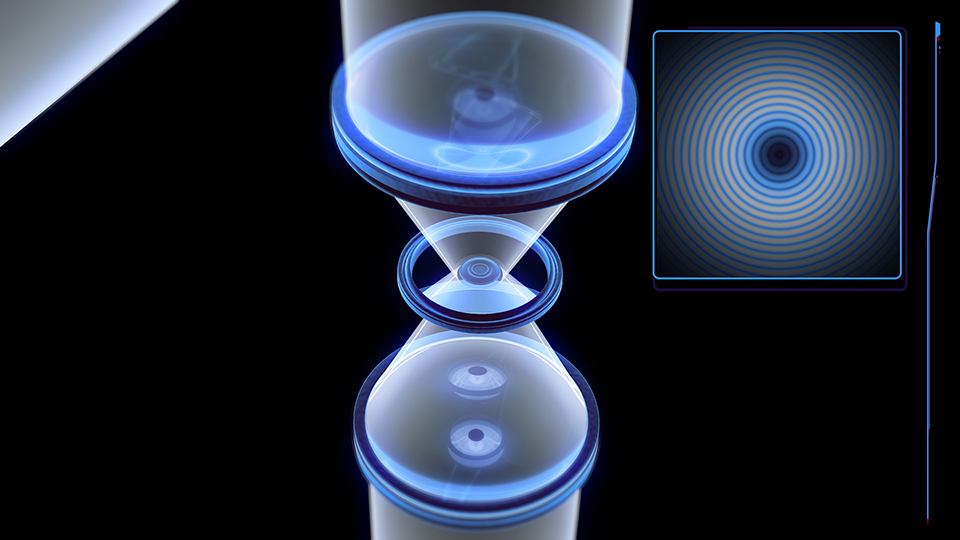The Nancy Grace Roman Space Telescope will test new technologies for space-based planet hunting. The mission aims to photograph worlds and dusty disks around nearby stars with detail up to a thousand times better than possible with other observatories.
Roman will use its Coronagraph Instrument – a system of masks, prisms, detectors, and even self-flexing mirrors built to block out the glare from distant stars and reveal the planets in orbit around them – to demonstrate that direct imaging technologies can perform even better in space than they have with ground-based telescopes. As it captures light directly from large, gaseous exoplanets, and from disks of dust and gas surrounding other stars, it will point the way to technologies for even larger space telescopes.
Once the technology is successfully demonstrated over the mission’s first 18 months, the Coronagraph Instrument could become open to the scientific community.
NASA Goddard's Scientific Visualization Studio
Roman's Coronagraph Instrument is fully assembled and currently undergoing various testing to ensure it will withstand the extreme conditions of launch and in space.
The Coronagraph Instrument will suppress starlight so well that it should be two or three orders of magnitude more powerful than any other coronagraph ever flown onboard a space telescope.
The two flexible mirrors inside the Coronagraph are key components. As light that has traveled tens of light-years from an exoplanet enters the telescope, thousands of actuators move like pistons, changing the shape of the mirrors in real time. The flexing of these “deformable mirrors” compensates for tiny flaws and changes in the telescope’s optics.
Changes on the mirrors’ surfaces are so precise they can compensate for errors smaller than the width of a strand of DNA.
These mirrors, in tandem with high-tech “masks,” another major advance, squelch the star’s diffraction as well – the bending of light waves around the edges of light-blocking elements inside the Coronagraph.
The result: blinding starlight is sharply dimmed, and faintly glowing, previously hidden planets appear.
The star-dimming technology also could bring the clearest-ever images of distant star systems’ formative years — when they are still swaddled in disks of dust and gas as infant planets take shape inside.
The instrument’s deformable mirrors and other advanced technology — known as “active wavefront control” — should mean a leap of 100 to 1,000 times the capability of previous coronagraphs.
Direct Imaging
Roman will demonstrate direct imaging technology by observing worlds that are Jupiter’s size circling Sun-like stars, and imaging planets that are up to several billion years old—something that has never been done before. These results will pave the way for future missions to study worlds that are even more Earth-like.
Wide Field Instrument
Our understanding of the cosmos has grown by leaps and bounds in recent decades, however many mysteries still remain. As the spacecraft’s giant camera, the Wide Field Instrument will help fill in the gaps by looking far across space and probing deep into dusty regions, including the star-studded heart of our Milky Way galaxy.
Learn More
NASA’s Roman Mission Could Snap First Image of a Jupiter-Like World
NASA’s Nancy Grace Roman Space Telescope, now under construction, will test new technologies for space-based planet hunting. The mission aims…
Read the Story

